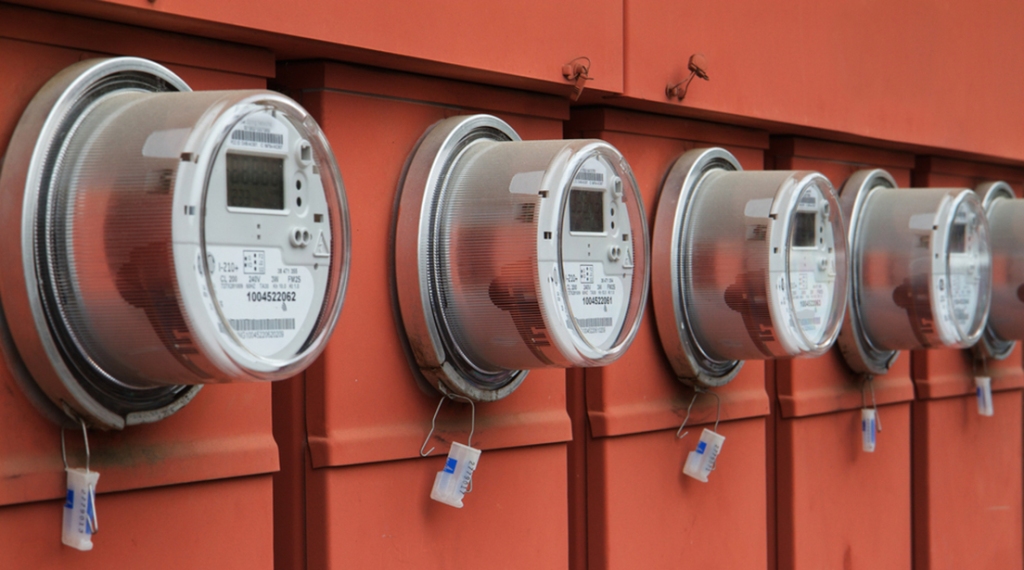No image is more evocative of American prosperity than the sprawling tree-lined street with row after row of single-family homes. Suburbia, born in the late 1940s, came of age in the ‘50s during America’s runaway economic expansion while the rest of the world rebuilt after World War II.
The Great Expansion built a countrywide web of interstates connecting cities and states. This helped the suburbs recede further from city centers as families sought a larger slice of The American Dream, with the hopes of bigger houses and broader lawns.
“We created urban sprawl, which spread people further and further apart – further away from their jobs and into communities that weren’t designed to meet their needs,” says Leigh Gallagher, editor at Fortune magazine and the author of The End of the Suburbs.
Sixty years later, Americans are waking from the dream that embraced the United States for decades. Those once idyllic sprawling suburbs are dying. Many social and economic variables that once made sprawl so appealing are changing, and we should have all seen this coming.
Waking from Slumber
In the 1950s, America rapidly laid down infrastructure and expanded townships that radiated out from cities as fast as construction could allow.
In The End of the Suburbs, Gallagher acknowledges the baby-boomer generation grew up believing the suburban single-family home was the epitome of The American Dream. But rising fuel costs, economic downturn, Millennials marrying less and later in life, smaller family sizes and increased interest in urban living have created a situation where urban sprawl has essentially halted.
Rules of the Game
Anywhere in America, the fringe of suburbia appears exactly the same: A sprawling suburban township with large homes, broad roadways and distant, isolated strip malls. The residents’ cars are likely status symbols as much as a necessity. Large, luxury SUVs fill the unnecessarily wide suburban roads as residents race to drop the girls at ballet before picking junior up at soccer practice.
Many of these new outlying towns were built with the false presumption there would always be a constant influx of new residents. There is a need for a continual stream of new homeowner taxes, fees and economic dollars to prop up the cost of running each burgeoning town.
But, as more residents are opting to live closer to, and within, city limits, fewer are moving to these distant outlying towns. Reasons include living near work or entertainment might offset the cost of urban living. Tal F writes on his blog, The Greenway Commuter, “It was only after trying out our third suburban community in as many years that we started looking for a different kind of neighborhood.” He adds, “We tried hard to go out for entertainment while living there, but whenever we did, it was always some place far, at least a 20-minute drive away.”
Something Must’ve Seemed Off
Think about getting groceries without driving to the store. Does that sound impossible? How many miles do you need to drive for milk? Is it more than 10?
The decades of prosperity allowed American towns to stretch and sprawl, granting every homeowner the opportunity to grab more land and space than needed. “But somewhere between leafy neighborhoods built around lively railroad villages and the shiny new subdivisions in cornfields on the way to Iowa that bill themselves as suburbs of Chicago, we took our wish for privacy too far. The suburbs overshot their mandate,” says Gallagher in a Time op-ed.
Overshooting a sustainable suburbia is not solely the fault of greedy homeowners. Civil engineers and city planners prepared the fringe suburbs for a rapidly increasing population, even when some homeowners protested. Civil engineer Charles Marohn explained his realization in a 2010 blog post, “Confessions of a Recovering Engineer:”
“When [homeowners] objected to the cost of the wider, faster, treeless road that would turn their peaceful front yard into the viewing area for a drag strip unless they built a concrete barricade along their front property line, I informed them that progress was sometimes expensive, but these standards have been shown to work across the state, the country and the world and I could not compromise with their safety.”
Marohn later understood the impact of his forward-thinking. “In retrospect, I understand that this was insanity. Wider, faster, treeless roads not only ruin our public places, they kill people.”
In a strange twist, those sprawling suburban streets once viewed so idyllic are now proven to be treacherous. “In fact, recent studies show that living in Manhattan is safer than living in the suburbs (!) when you account for traffic deaths,” Tal F writes.
Suburban Poverty on the Rise
Those with income flexibility will likely leave the suburbs for homes closer to city centers. Those that can’t afford to move will see these sprawling suburban towns turn into something far less desirable: slums.
Professor Peter Newman of the Perth Australia-based Curtin University says, “if we continue to roll out new land releases and suburbs that are car-dependent, they will become the slums of the future.” Newman’s reasoning is that public transit will soon be prohibitively expensive to operate routes from outlying suburbs to city centers.
Those who depend on public transit may find themselves stranded in a remote suburban outpost, cut off from the economic engine that would normally supply jobs and prosperity.
“If you don’t own a car in the suburbs, you’re screwed. And if you do, you’re extremely vulnerable to shocks in gas prices—and that’s why some analysts and urban planners speculated long years ago that suburbs are becoming the next slums,” says Vice senior editor Brian Merchant. “Newman is right: urban sprawl is finished.”
Digging into the economic data, Elizabeth Kneebone and Alan Berube of the Brookings Institute have revealed a grim diagnosis for outlying suburbs.
“Poverty rates do remain higher in cities and rural communities than elsewhere. But for three decades the poor population has grown fastest in suburbs,” says Kneebone and Berube in Confronting Suburban Poverty in America.
Poverty in the suburbs has grown by a scale of two-to-one compared to urban poverty growth in the past decade. The Brookings infographic above reveals how suburban poverty has grown and is expected to grow significantly faster in communities far from cities.
Moving Forward
“Many older suburbs are still going strong, and real estate developers are beginning to build new suburban neighborhoods that are mixed-use and pedestrian-friendly, a movement loosely known as New Urbanism,” says Gallagher.
The suburban towns that are able to adapt to this concept of New Urbanism will likely thrive for decades to come. Unfortunately, that leaves many towns across America out of luck. The gathering storm of social and economic variables will likely lead an increasing number of small, outlying towns to an unfortunate and dismal future.







